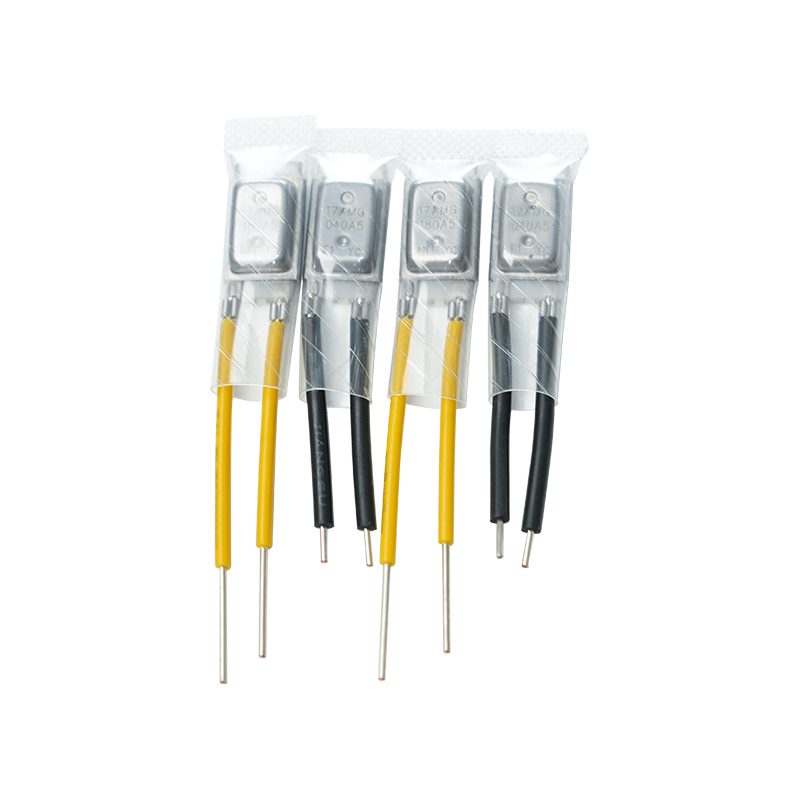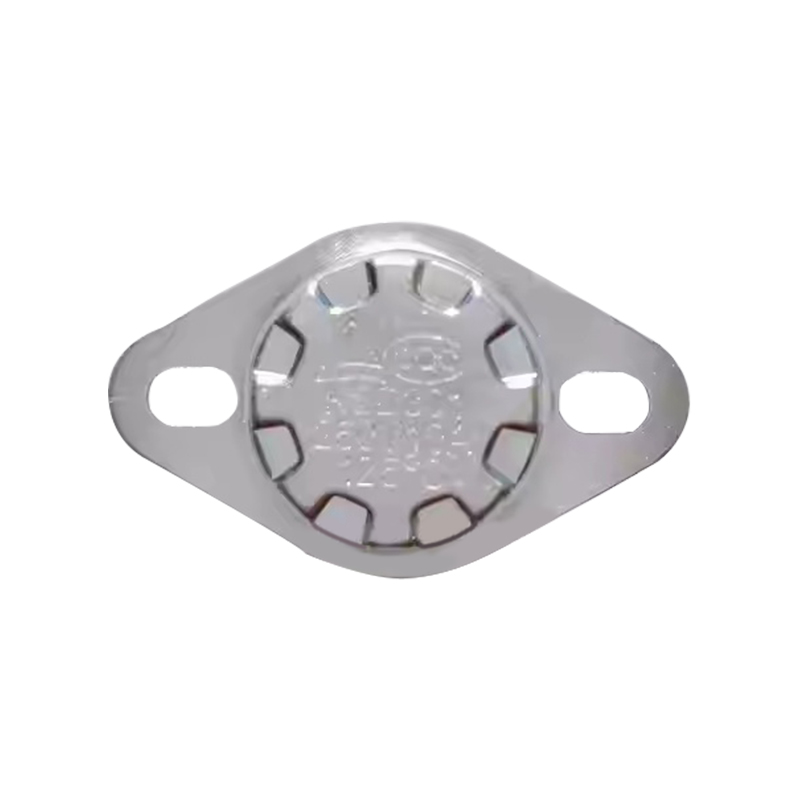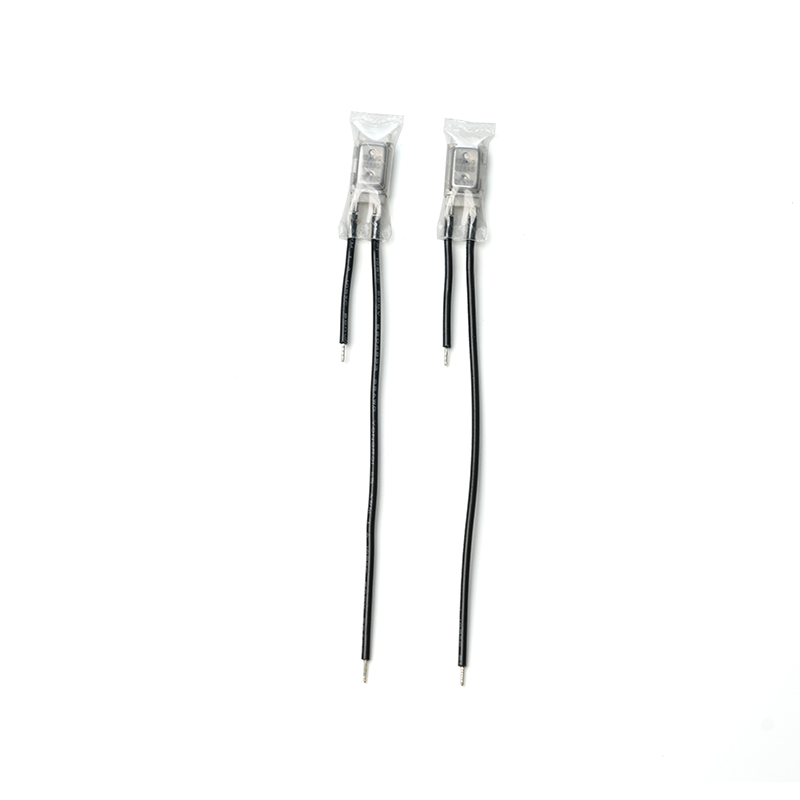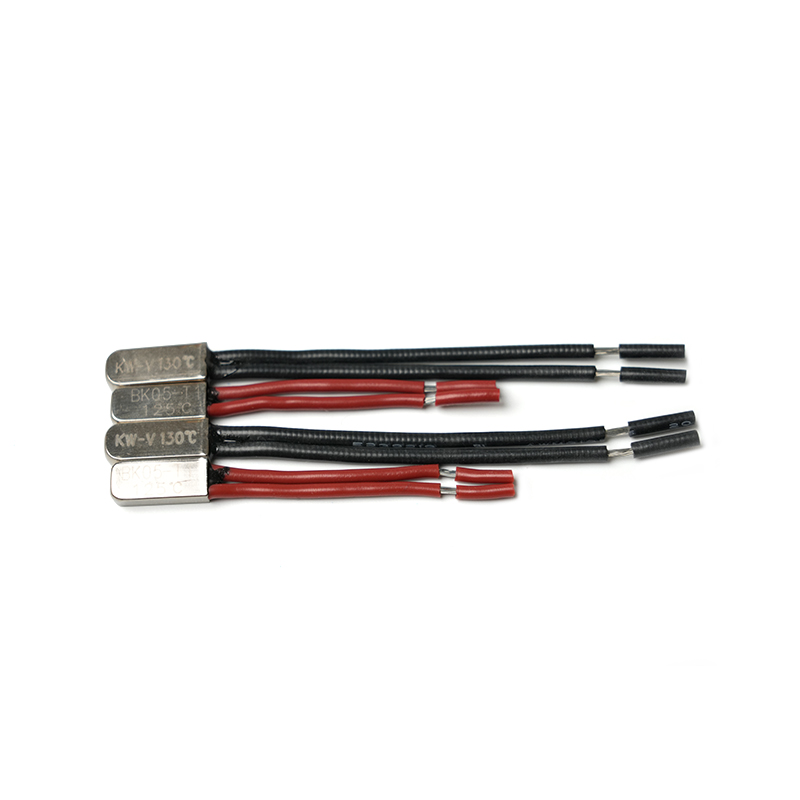How Does the Motor Thermal Protector Affect the Overall Efficiency of the Motor?

In the world of electrical machinery, the efficiency of a motor is paramount to ensuring optimal performance, reducing energy consumption, and extending the lifespan of the equipment. A seemingly simple component, the motor thermal protector, plays a crucial role in safeguarding this efficiency by preventing damage caused by overheating. Understanding the impact of this protector on a motor’s operation is essential for both manufacturers and users who seek to maximize reliability and minimize costs.
A motor, operating under heavy loads or in unfavorable conditions, is susceptible to excessive heat build-up, which can have catastrophic effects on its performance. This is where the thermal protector comes into play. Designed to monitor the motor’s temperature, the motor thermal protector automatically interrupts the electrical circuit when it detects heat levels that exceed a safe threshold. This prevents the motor from running at dangerously high temperatures, averting potential failures and reducing the risk of costly repairs or replacements.
The role of the thermal protector extends beyond mere temperature regulation—it actively contributes to the motor's operational efficiency. By maintaining the motor within its ideal thermal range, the protector ensures that energy is used effectively. Without such a safeguard, overheating would not only diminish the motor’s ability to perform at its peak but also lead to unnecessary energy wastage. Heat-induced inefficiencies cause the motor to draw more current, which translates into higher energy consumption and increased operational costs.

Moreover, the thermal protector significantly enhances the longevity of the motor. Continuous exposure to excessive heat accelerates wear and tear on the motor’s internal components, ultimately reducing its useful life. By preventing overheating, the protector mitigates this wear, thus prolonging the motor’s lifespan and maintaining its efficiency over time. A motor that is well-protected from thermal damage operates more reliably, requiring fewer repairs and ensuring less downtime.
The importance of the motor thermal protector cannot be overstated when it comes to preventing system failures in industrial settings. The financial implications of equipment failure can be severe, from production halts to expensive repairs. By incorporating a thermal protector, operators not only reduce these risks but also foster a more efficient and cost-effective operation. It serves as a small but indispensable component in the broader strategy of optimizing motor performance and minimizing operational interruptions.
In conclusion, the motor thermal protector is far more than just a safety device. It is a key player in enhancing the overall efficiency and durability of the motor. By regulating temperature, preventing damage, and extending operational life, it ensures that the motor continues to perform at its best, saving both energy and costs in the long run. For industries relying on motor-driven equipment, the thermal protector is a vital investment in the pursuit of optimal efficiency and sustainability.
 English
English







